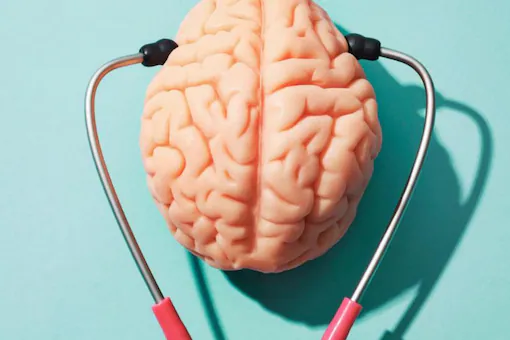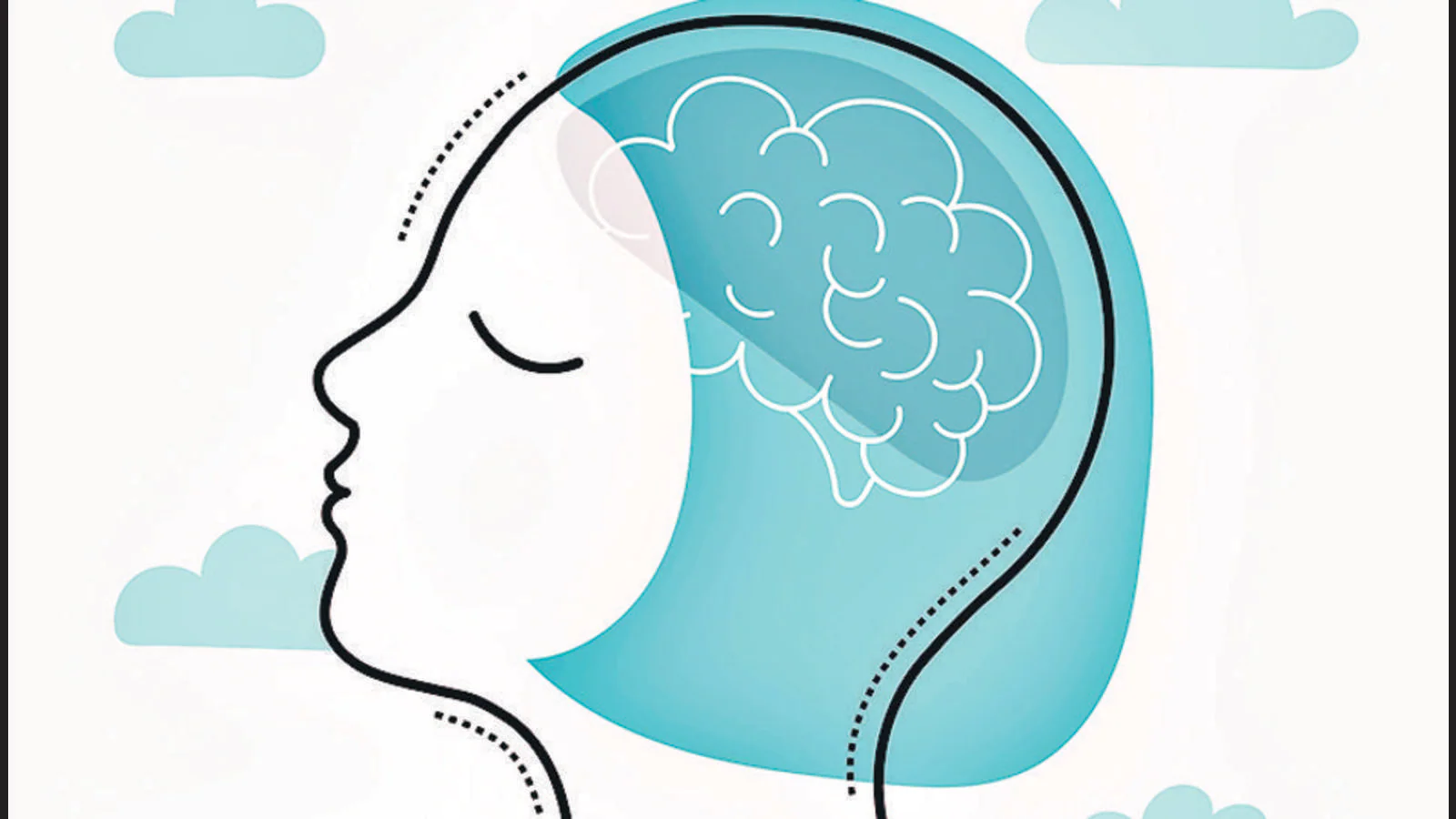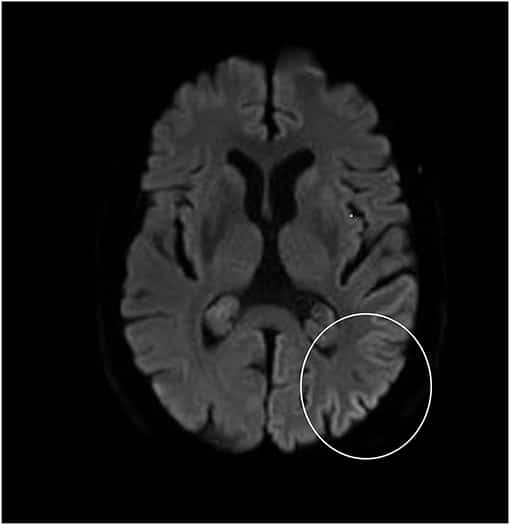You might have heard about the prominent tale of Alice in Wonderland. But, the experiences of the character of Alice are similar to a rare mental health disorder.
Alice in Wonderland Syndrome is also known by the name of Todd syndrome or Lilliputian hallucinations. In this mental health condition, one might perceive their surroundings to be distorted.
The Character of Alice grows too big for the house in the fictional story. Similarly, in AIWS one can hear a sound that is quieter or louder than they are in real life.
One can see the objects to be larger or smaller than in reality. People can even lose their natural sense of perceiving the precise velocity or textures. The Alice in Wonderland syndrome is very rare. It usually occurs in people in the age group of the 20s who might suffer from Brain Tumor or have a case history of Drug abuse. The neuropsychological condition in AIWS distorts perception.

The Causes for Alice in Wonderland Syndrome:-
The cause behind the Alice in Wonderland syndrome is not known. It has been connected with Migraines, Head Trauma, etc. It can be created by an abnormal quantity of electrical activity. This results in abnormal blood flow in specific parts of the brain that processes visual perception. The cases for this syndrome are reported in both adolescents and adults, especially in children. It is linked with epilepsy, intoxicants use, infectious states, fevers, and brain lesions, etc.
The Signs and Symptoms for Alice in Wonderland Syndrome:-
There are nearly 60 symptoms linked with Alice in Wonderland syndrome. Some of the main symptoms are:
- Migraine
- Nausea
- Dizziness
- Agitation
- Loss of limb control and coordination
- Memory touch
- Emotional instability
- Lingering touch
- Distortion of sensory perception
- Micropsia or Macropsia

The Treatment for Alice in Wonderland syndrome:-
For now, there is no standardized treatment plan to cure Alice in Wonderland Syndrome. The symptoms of this syndrome often disappear with time. Sometimes, they are treated on their own by treatment of the underlying cause behind the syndrome. If the treatment becomes necessary for AIWS, then it is important to treat the underlying cause behind the AIWS. Treatment involves prescription medications like antiepileptic, migraine prophylaxis, and other antibiotics. Antipsychotics are rarely used to treat the syndrome because they are very less effective in this case.

The epidemiology of Alice in Wonderland Syndrome-
The lack of diagnostic techniques, standards for Alice in Wonderland syndrome and low awareness among the people have made it difficult to know the accurate prevalence of it. The average age for the beginning of AIWS is 6 years old. But, many individuals continue to experience the symptoms up to their 20s. Many parents with Todd’s Syndrome have reported the symptoms in their children. This indicates that the syndrome might be hereditary. Due to the lack of awareness, many cases go unrecognized.
However, research is still being conducted to understand the development of this syndrome. The research is promoted for global collective efforts for helping in the understanding of Alice in Wonderland syndrome.
Also Checkout: Troublesome Tailbone Pains and measures to get relief

















I had AIWS as a child. Then at 15 I had a grand mal seizure. My daughter has AIWS which started at 5 for a month then stopped and returned during puberty. I found that 250mg of magnesium nightly stop the hallucinations and other visual abnormalities.